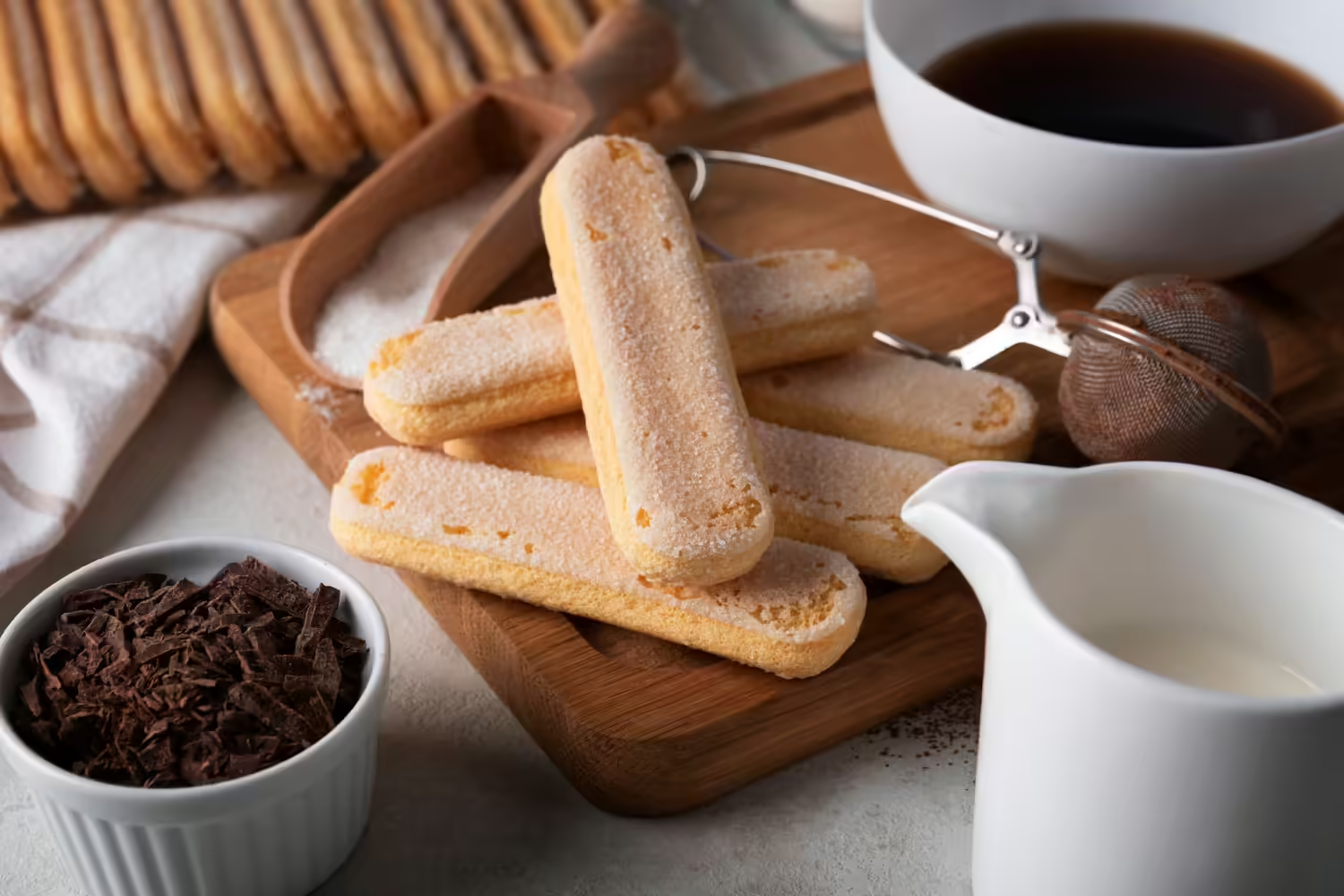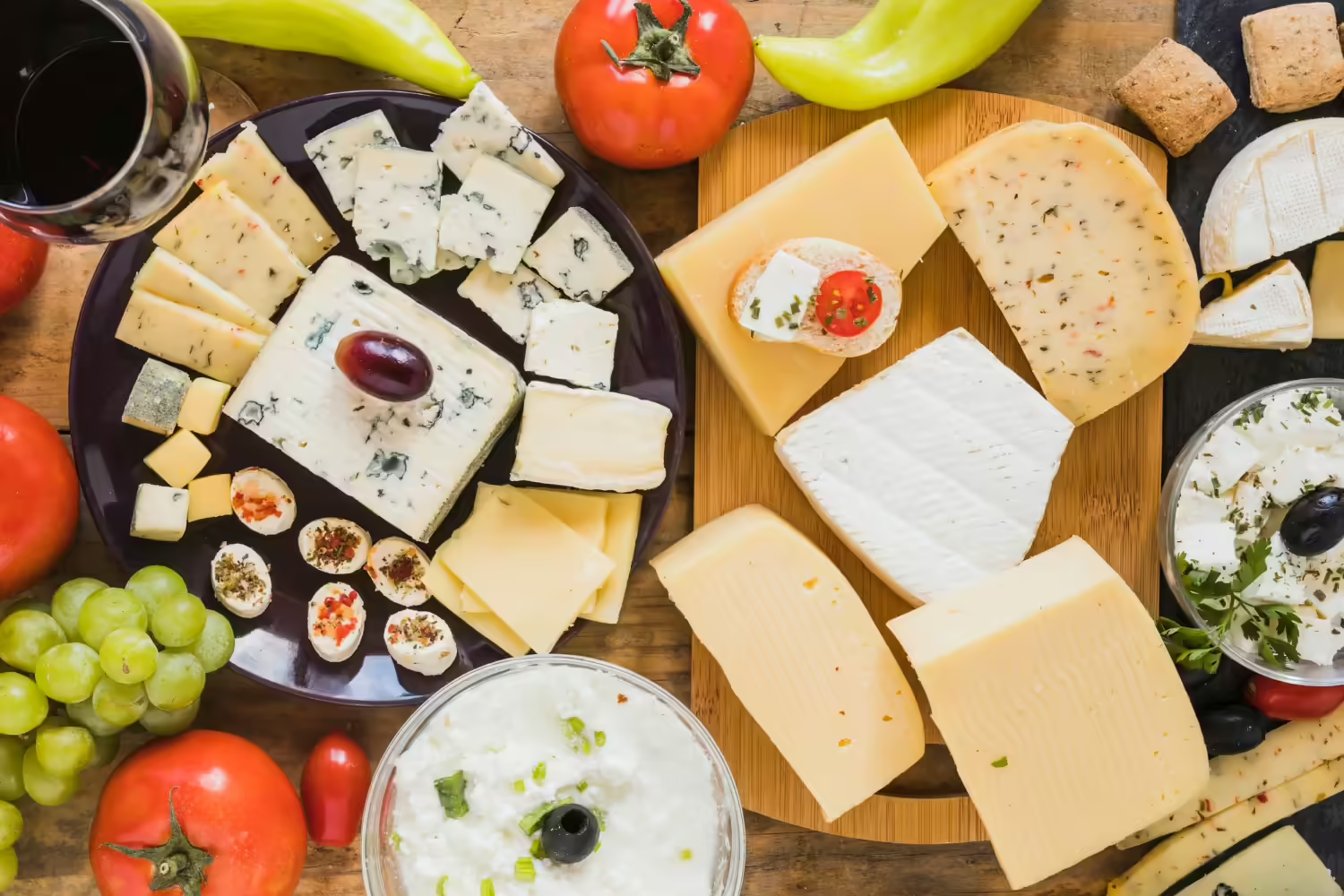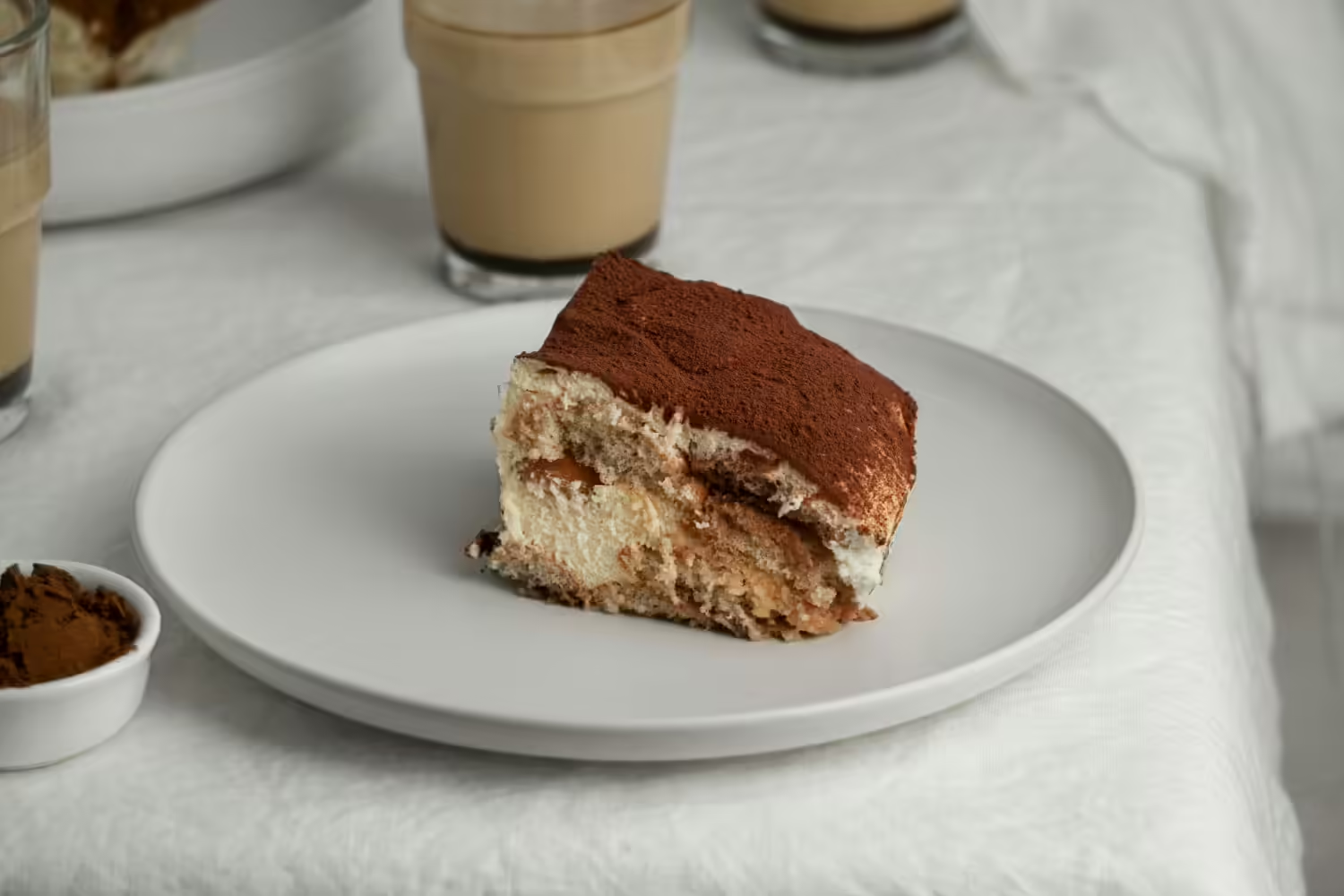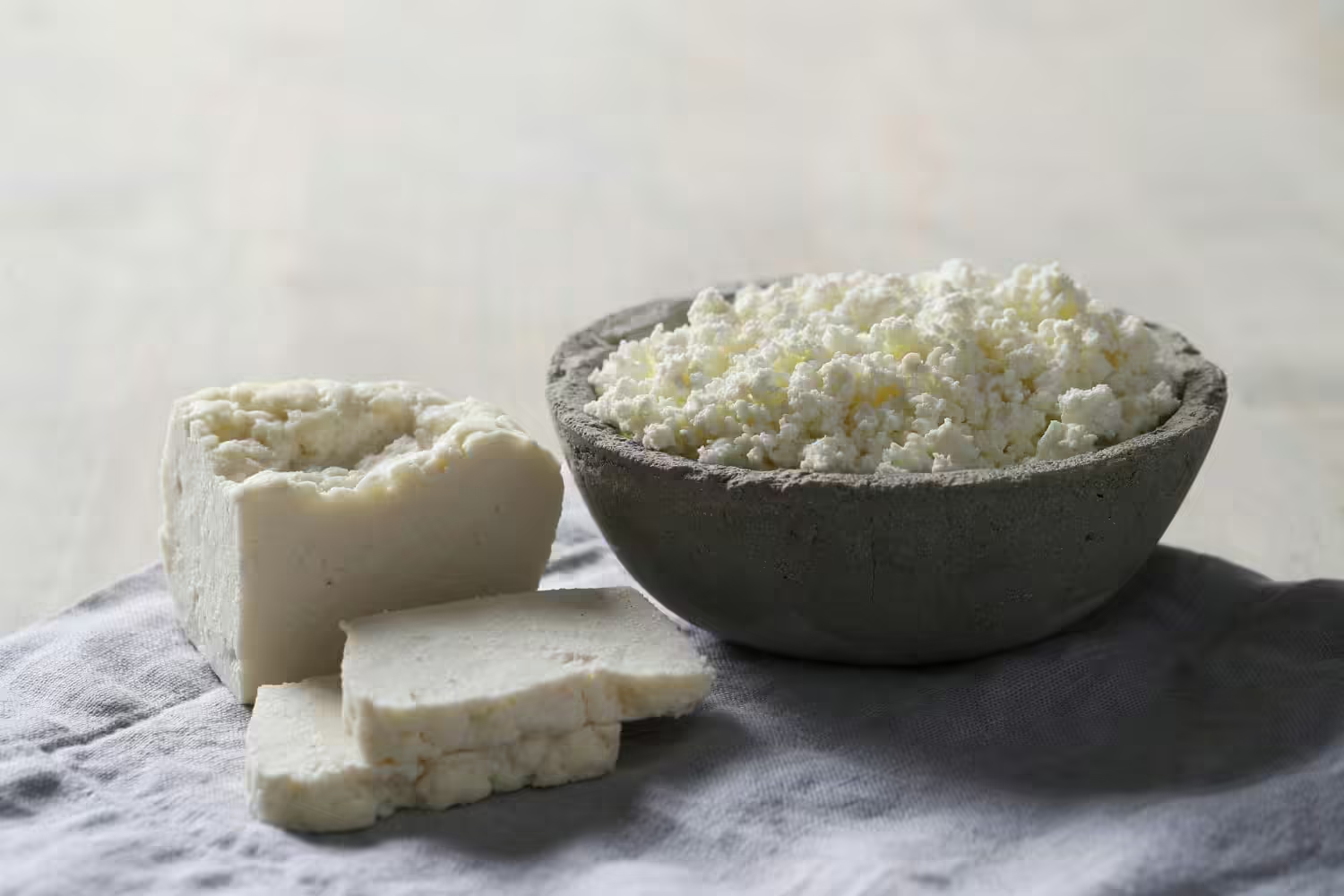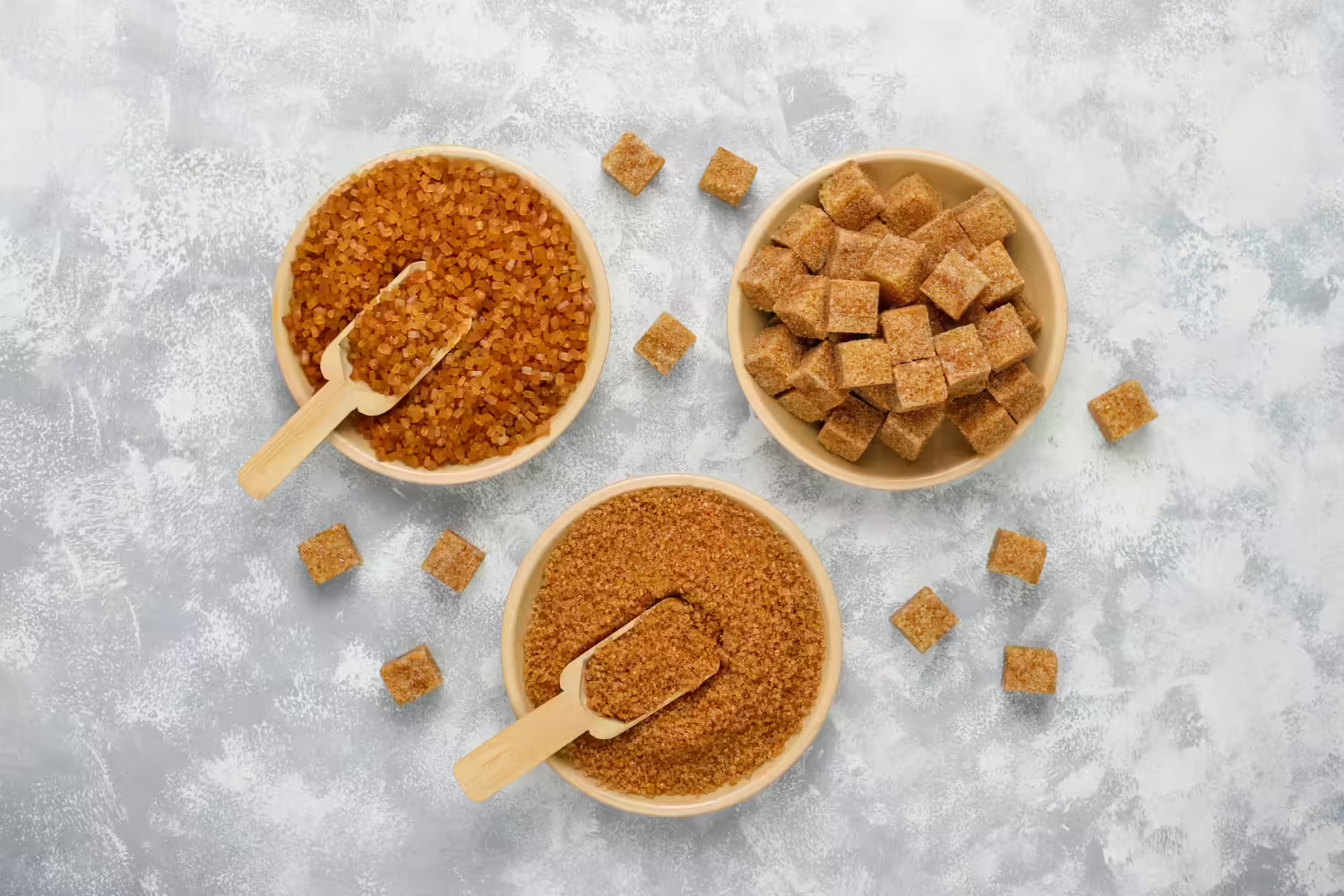
Brown sugar is a staple in many kitchens around the world. It’s that sweet, caramel-flavored wonder that adds depth to cookies, cakes, and even savory dishes. But have you ever stopped to think, “How many different brown sugars are there?” If you haven’t, you’re in for a treat. This article will dive into the sugary depths of brown sugar varieties, exploring their unique characteristics, uses, and the subtle differences that make each type special.
What Is Brown Sugar?
Brown sugar is essentially white sugar with added molasses, giving it its distinct color and rich flavor. The molasses not only darkens the sugar but also imparts a moist texture and a slightly caramelized taste.
Demystifying Brown Sugar: A Sweet Origin Story
To truly understand brown sugar, it’s essential to grasp its origins and production process. At its core, sugar is derived from the sucrose-rich sap of sugarcane or sugar beets. Through a meticulous process of boiling, crystallization, and refinement, sugar producers extract the pure sugar crystals, leaving behind a by-product known as molasses. It’s this molasses that imbues brown sugar with its distinctive flavor and moist texture.

Types of Brown Sugar
When it comes to brown sugar, there are more types than you might think. Let’s break down the main varieties:
- Light Brown Sugar
- Contains about 3.5% molasses.
- Light brown sugar has a mild, subtle flavor.
- Ideal for baking cookies, cakes, and sauces where a delicate caramel note is desired.
- Dark Brown Sugar
- Contains about 6.5% molasses.
- Dark brown sugar boasts a deeper, more intense flavor.
- Perfect for richer recipes like gingerbread, barbecue sauces, and baked beans.
- Muscovado Sugar
- Also known as Barbados sugar.
- Unrefined or partially refined with a high molasses content.
- Has a strong, robust flavor and sticky texture.
- Great for recipes needing a pronounced molasses flavor, like rum cake or sticky toffee pudding.
- Demerara Sugar
- Large, crunchy crystals with a golden color.
- Less refined, retaining more natural molasses.
- Often used as a topping for baked goods and in coffee for added crunch and flavor.
- Turbinado Sugar
- Also known as raw sugar.
- Slightly less processed than white sugar, retaining some molasses.
- Light brown with a mild caramel flavor.
- Ideal for sprinkling on muffins, oatmeal, and for sweetening beverages.
- Piloncillo: Hailing from Latin America, piloncillo stands out for its distinctive cone-shaped form and smoky flavor profile. Crafted from pure cane sugar, piloncillo boasts a rich, caramelized taste reminiscent of traditional Latin sweets.
- Jaggery: Originating from South Asia and Southeast Asia, jaggery embodies the essence of unrefined sweetness. Made from cane sugar or palm sap, jaggery undergoes a simple yet time-honored process of boiling and molding, resulting in dense, caramel-like blocks of sweetness.
- Okinawa Sugar: Sourced from the sun-drenched fields of Okinawa, black sugar offers a unique twist on traditional sweeteners. Unlike conventional brown sugars, Okinawa sugar undergoes minimal processing, retaining its natural caramel notes and dense, crumbly texture.

Specialty Brown Sugars
Beyond the common varieties, there are specialty brown sugars that cater to specific culinary needs.
Blackstrap Molasses Sugar
- The most intense type, made from the third boiling of sugar cane.
- High in minerals like iron and calcium.
- Strong, bitter-sweet flavor.
- Used in limited quantities for robust recipes and health benefits.
Coconut Palm Sugar
- Made from the sap of coconut palms.
- Contains natural molasses and has a light brown color.
- Mild, caramel-like flavor.
- Popular in vegan and health-conscious recipes.
How Many Different Brown Sugars Are There?
Counting all the varieties, including regional and specialty types, there are well over a dozen different brown sugars available around the world. Here’s a quick list to sum them up:
- Light Brown Sugar
- Dark Brown Sugar
- Muscovado Sugar
- Demerara Sugar
- Turbinado Sugar
- Blackstrap Molasses Sugar
- Coconut Palm Sugar
- Date Sugar (made from dehydrated dates)
- Jaggery (traditional unrefined sugar from India)
- Panela (unrefined whole cane sugar from Latin America)
- Sucanat (dried sugar cane juice with molasses)
Brown Sugar in Your Kitchen
Knowing about the different types of brown sugar is one thing, but using them effectively in your kitchen is another. Let’s explore how to make the most out of these sweet wonders.
Baking with Brown Sugar
Brown sugar’s moisture and caramel flavor make it perfect for baking. Here’s a handy guide on how to use different types in your recipes:
- Cookies: Light brown sugar keeps cookies soft and adds a mild caramel flavor. Dark brown sugar will give them a richer taste and chewier texture.
- Cakes: Use light brown sugar for a subtle flavor or dark brown sugar for a more pronounced molasses note.
- Pies: Muscovado sugar’s deep flavor works wonders in fruit pies and tarts.
Savory Dishes
Brown sugar isn’t just for sweets. Its complex flavor can enhance many savory dishes:
- Marinades and Sauces: Dark brown sugar adds depth to barbecue sauces and marinades.
- Vegetables: Sprinkle Demerara sugar on roasted carrots or sweet potatoes for a caramelized crunch.
- Meat Glazes: Turbinado sugar’s mild flavor is excellent for glazing hams and other meats.
Drinks
From coffee to cocktails, brown sugar can elevate your beverages:
- Coffee: Try a spoonful of Demerara or Muscovado sugar in your morning cup for a delicious twist.
- Cocktails: Use Turbinado or coconut palm sugar to add complexity to your favorite drinks.

Brown sugar’s world is richer and more diverse than many realize. From the common light and dark brown sugars to the exotic muscovado and jaggery, each type brings its unique flair to the table. Whether you’re baking up a storm, crafting a savory masterpiece, or simply sweetening your morning coffee, understanding the variety of brown sugars can elevate your culinary creations.

